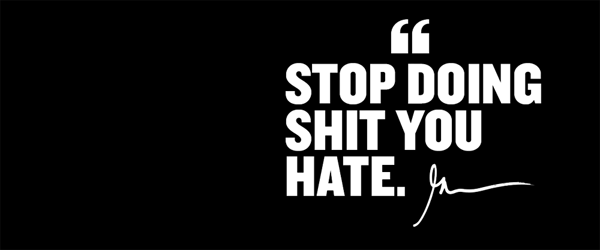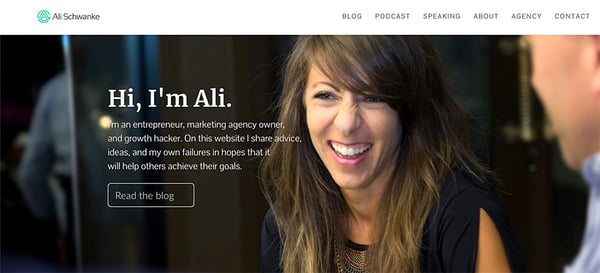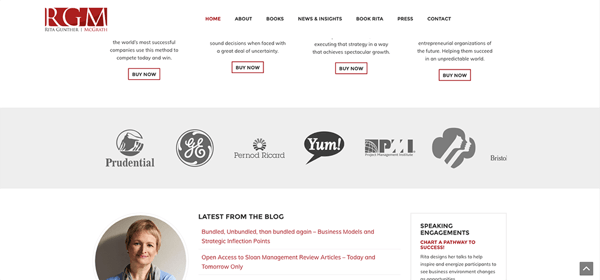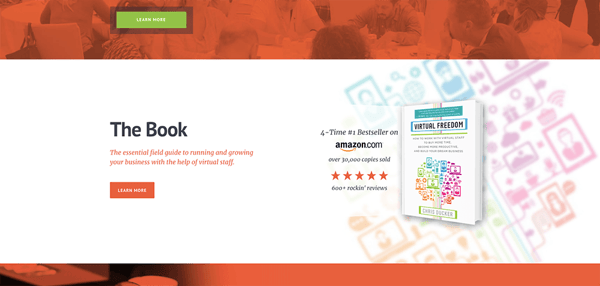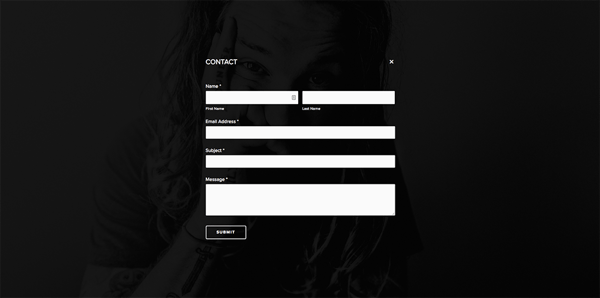Your personal brand as a business owner, entrepreneur, or marketer is very important as people are “googling you” whether you like it or not. It’s important that they find a reputation and presence online that accurately represents what you know, the value you provide, and how they can connect with you.
Consumers are searching for information and sources they can trust to help them make decisions about who to work with and what products and services they should buy. Even in B2B marketing, while it's "business-to-business", the transaction and sale is "person-to-person" - which is why personal branding and thought leadership is so effective.  And it starts with a branded web presence for you and your expertise as a thought leader.
And it starts with a branded web presence for you and your expertise as a thought leader.
A quick tip about starting this process. . .
There are a number of website providers that will make it possible for you to easily put together a site for your personal brand.
But that doesn’t mean it’s easy.
In fact, if a personal brand website is done poorly, it can hurt your thought leadership efforts more than it helps. This includes poor or klunky design, bad copywriting, lack of professional photography, broken links, and more.
We won’t discuss how to design a website in this article, so if you’re struggling with this part, check out our web design services or request a free consult. We’re happy to point you in the right direction with the techy stuff.
The good news is, the actual DESIGN and BUILD of the site is pretty straightforward once you’ve defined your goals for the website, along with the overall brand (look/feel) and components you want to include.
What are the critical elements of a thought leader website?
Opinions vary on whether you need a one-page site, multisite, blog, or other details. But there are a few essential elements that are critical to the outward perception of your brand and your expertise.
1. Consistent Branding (Logo, Fonts, Colors, Etc)
While you don’t need to go to great lengths to have a logo professionally developed, you should utilize a signature or logo mark that IS professional looking and consistent. Thought leaders like Gary Vee leverage their signature. Others like Michael Hyatt and Lewis Howes have partnered with a graphic designer to come up with a mark that properly represents the emotion and visual message they need for their work.
If you follow Gary Vaynerchuk, or other individuals who post a lot of content on social media, you’ll find they have a consistent look for everything from their quotes on Twitter to their intros on YouTube. This includes color palette as well!
Consistency builds trust, and trust enhances your personal brand.
2. Professional Photography
Visuals power the emotional aspect of our online experience. Thanks to apps like Snapchat and Instagram, we’ve grown accustomed to photos intertwined with text in everyday life. If your personal website is the best representation of your brand, you’ll want to invest in professional photography to give your visitors a glimpse of you in action, doing your thing!
You’ll also want to include casual headshots and anything that can be used in press/media situations.
3. Social Proof
Because it’s so easy to hang a shingle and call yourself a consultant or business owner these days, it’s more important than ever to back up your claim with social proof. Social proof is the numbers, logos, testimonials, and other credible information that provide visitors with “proof” that you know what you’re doing.
With social proof, people look to others for indications of how they should behave. In the face of uncertainty, they know they can trust others’ interpretation of the situation or choice will be more accurate than theirs since they’ve already been through the experience. This rings true when it comes to selecting a speaker for an event or choosing to read someone’s book.
This can be powerful for a personal brand website as you’re leveraging these elements to build trust and provide credibility.
Examples of social proof include:
- Logos and/or testimonials from clients
- Logos from press you’ve landed (magazines, podcasts, interviews, etc.)
- Relevant certifications and awards
4. Example(s) of Your Expertise in Published or Public Form
This links back to social proof. A thought leader is known for “sharing their thoughts” so you should demonstrate that through something proprietary. Although the example below does a great job of calling attention to a book this person wrote, you don’t have to write a NYT best seller to feature something on your website.
You could start with something as simple as an industry checklist or an ebook. Taking a great blog post and turning that into an ebook or downloadable PDF is an excellent opportunity as well.
5. Social Media Icons
Thought leaders are expected to share content on social media, but that doesn’t mean you need to be on all social platforms. By calling out specific social media icons on your personal website, you can publicly proclaim what social networks you will be active on.
Make sure your content on those networks is a good representation of your expertise, and that it’s relevant to the value you provide to your audience.
6. Contact Form
Depending on your philosophy of sharing contact information, you’ll likely want to include either a form and your contact info, or just a form.
Although this seems like a no-brainer, there are a number of sites that do not list a way to get in touch with someone, or they haven’t checked the function of their contact form (it could be broken – we’ve stumbled upon many of those when doing client research).
Bonus: Video
Video is a powerful medium that helps you connect authentically with your audience. When used in a thought leadership context, video can help you share your expertise while making a personal connection with the viewer.
If it's your first video on your website and you don't have much video marketing experience, you may want to leave the first one to the pros (or invest in training to get up to snuff on video marketing, production, and promotion).
Conclusion
A personal website is essential to your thought leadership efforts. But going down this road requires some strategic planning relative to your goals and what you hope to accomplish by developing an online presence. The truth is, people will be conducting online searches about you either way - so it's up to you to step in and help them discover the story that best represents your value.
If you're considering a thought leadership program or boosting your results from your current efforts, check out our Thought Leadership Services!

